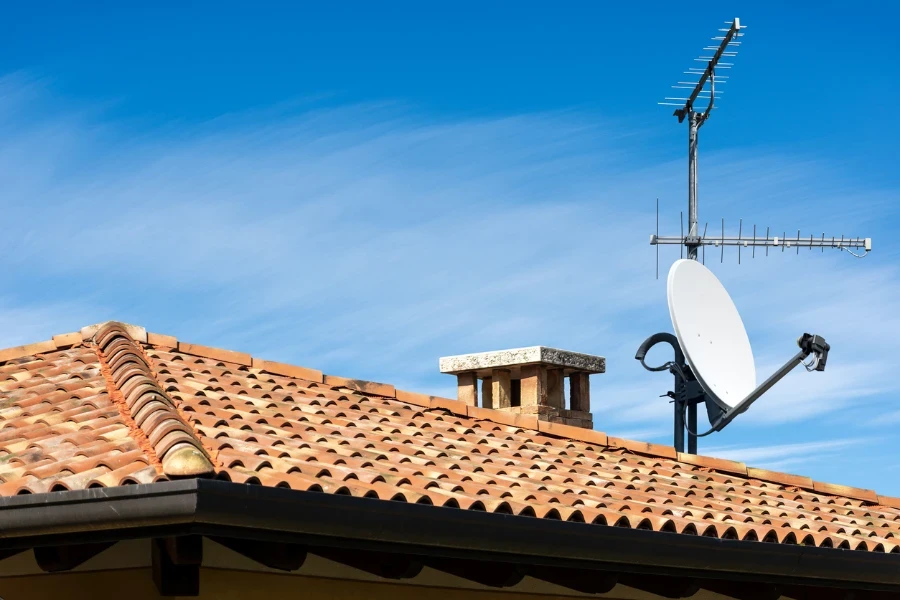In the ever-evolving landscape of consumer electronics, the humble TV antenna remains a cornerstone for accessing free-to-air television broadcasts. Despite the surge in streaming services, many viewers rely on antennas for local channels, live sports, and news without the burden of monthly subscriptions. This guide delves into the critical aspects of TV antennas, offering readers a deeper understanding of how to optimize their television viewing experience.
Table of Contents:
– Understanding the basics of TV antennas
– The importance of frequency and reception
– Indoor vs. outdoor antennas: Making the right choice
– Installation tips for optimal reception
– Troubleshooting common antenna issues
Understanding the basics of TV antennas

TV antennas capture over-the-air signals broadcasted by television stations, allowing viewers to watch content without a cable or satellite subscription. These antennas come in various shapes and sizes, each designed to receive specific types of signals. Understanding the basic principles behind how antennas work is essential for selecting the right one for your needs. Factors such as the broadcast signal strength in your area, the distance from the nearest broadcast tower, and potential obstructions can significantly impact your reception quality.
The importance of frequency and reception

Television broadcasts operate on two main frequency bands: VHF (Very High Frequency) and UHF (Ultra High Frequency). Each band carries different channels and has distinct reception characteristics. VHF signals, for example, are more prone to interference but can travel longer distances. UHF signals, on the other hand, provide better quality but have a shorter range. Knowing which channels are available in your area and their corresponding frequencies helps in choosing an antenna that can capture them efficiently.
Indoor vs. outdoor antennas: Making the right choice

The decision between an indoor and outdoor antenna hinges on several factors, including your proximity to broadcast towers and the physical barriers between your home and these towers. Indoor antennas are convenient and easy to set up but may not provide the best reception if you’re far from broadcast sources or surrounded by tall buildings or trees. Outdoor antennas, while requiring a more complex installation, can capture a broader range of signals and offer superior reception in challenging conditions.
Installation tips for optimal reception

Proper installation is crucial for maximizing the performance of your TV antenna. For indoor antennas, placing the antenna near a window and away from electronic devices can minimize interference. Outdoor antennas should be mounted as high as possible, ideally on the roof, to avoid obstructions. It’s also important to experiment with the antenna’s orientation, as adjusting its direction can significantly improve signal strength and quality.
Troubleshooting common antenna issues

Even with the right antenna properly installed, viewers may occasionally encounter reception problems. Common issues include pixelation, signal dropout, or missing channels. These problems can often be resolved by re-scanning for channels on your TV, adjusting the antenna’s placement or direction, or adding an amplifier to boost signal strength. Understanding these troubleshooting techniques ensures that minor hiccups don’t disrupt your viewing experience.
Conclusion:
Selecting and setting up the right TV antenna can significantly enhance your television viewing experience, providing access to a wide range of free-to-air channels. By understanding the basics of how antennas work, considering the specific needs of your location, and following best practices for installation and maintenance, you can enjoy clear, reliable reception and make the most of your home entertainment system.



